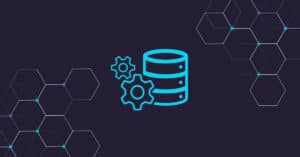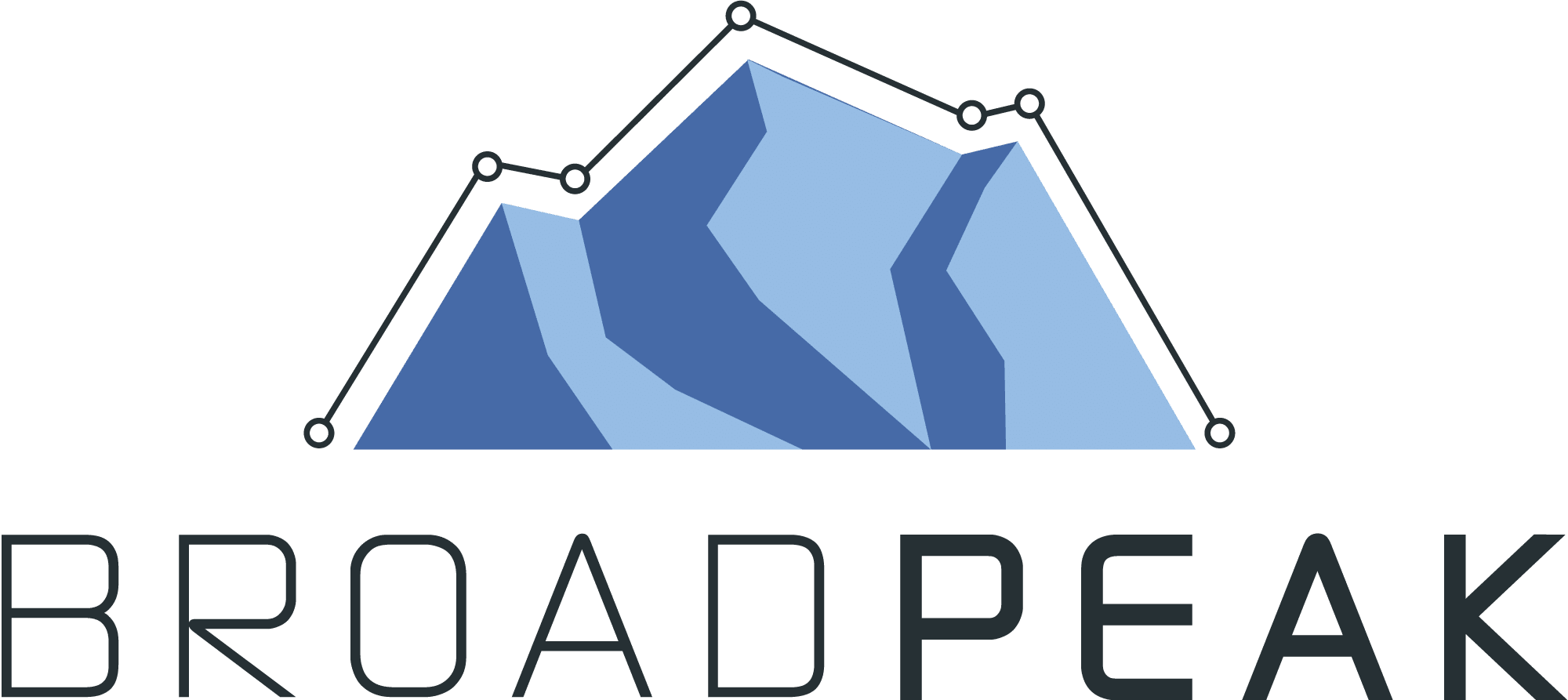Everyone knows you will never get anywhere in business without integrity and the right connections. Turns out, this is true in data extraction, transformation, and loading (ETL), as well.
Data integrity – how accurate, comprehensive, and consistent your data inputs and outputs are – has a direct bearing on how accurate your forecasting and planning will be and how positively your decisions will impact your return on investment. The design and performance of your data integration system determine your data’s integrity. Choosing the right platform and expertise ensures your data remains clean and complete throughout its useful life, no matter how, when, how often, or by which downstream systems it is used.
Choosing the right platform and expertise ensures your data remains clean and complete throughout its useful life, no matter how, when, how often, or by which downstream systems it is used.
The three biggest data integrity challenges are solved by three functions : duplication control, data orchestration, and adherence to validation rules. We will discuss data orchestration in a series of future posts. And we’ll address validation rules in part two of this series. Here, in part 1, we turn our attention to the role duplication control plays in data integrity.
Duplication of data is ever present
Duplicated data is the bane of analysts and data scientists across all industries. Dupes cost organizations in several ways:
- Dupes are certain to throw off endpoint analysis as once they get into the data set they are a needle in the haystack.
- Every data query costs time money. The longer the query takes, the more “gas money” it burns. Spending time examining duplicate data adds to the commute.
Dealing with Dupe Data
K3’s Dupe Gate identifies duplicate entries. It then applies your business rules in dealing with the doublets. In many cases, you will simply want to delete the extra entry. Poof. Gone. Other times, you might want to remove the duplicates from your database and segregate them in another sector so your team can review them to determine the cause of the problem. Presto. K3 transports them to a working file. The great thing about K3 is that it uses a change data capture (CDC) engine whenever a system accesses a data file or whenever a database needs to be updated. With CDC, K3 only spends resources collecting data contained in fields that have changed since the last time K3 stopped by. And by incorporating our streaming ETL, this data gets manipulated before it is entered into the receiving platform. Unlike extract, load, transform (ELT) products, our ETL workflow does not waste time flowing unchanged or duplicate data to locations where it will have to be deduped and reconciled later.
PRO TIP:
Use change data capture (CDC) to conserve resources by examining only data that has changed since the last query.SUPER PRO TIP:
Combine CDC with streaming ETL to manipulate data before it is entered into the receiving platform.How does K3 manage this? Connections, my friend.
K3 has developed a comprehensive lineup of application integration connectors. These adaptors act as synapses, creating pathways and junctions between downstream and upstream components. Need to connect Google Cloud, Snowflake, or MySQL to Salesforce? There’s a K3 connector for that. Does your accounting program need real-time ICE Trade Capture? We’ve got you covered.
Connect with us (see what I did there?) to find out how K3’s streaming ETL and CDE can join all your systems in an integrated data workflow that boost productivity and drives better decisions.
K3 Guide
Navigating the pathway to surfacing and making useful data from a myriad of sources can be daunting. Our K3 Guide is here to share best practices, objective insights and modern approaches to solving modern data prep and integration challenges.
RECOMMENDED RESOURCES


How to Use Change Data Capture for Database Replication
How on earth do you get data out of a database? How do we do this regularly, programmably and in an automated way to support


K3 Connectors: Prebuilt ETL Adapters
In modern software development, application integrations are king. Your data can do so much more when you leverage the power of other pre-built enterprise apps.


What Is Data Warehouse ETL?
What Is Data Warehouse ETL? Data Warehouse ETL is a series of processes: Extract data from across an organization; Transform data for consumption; Load data



